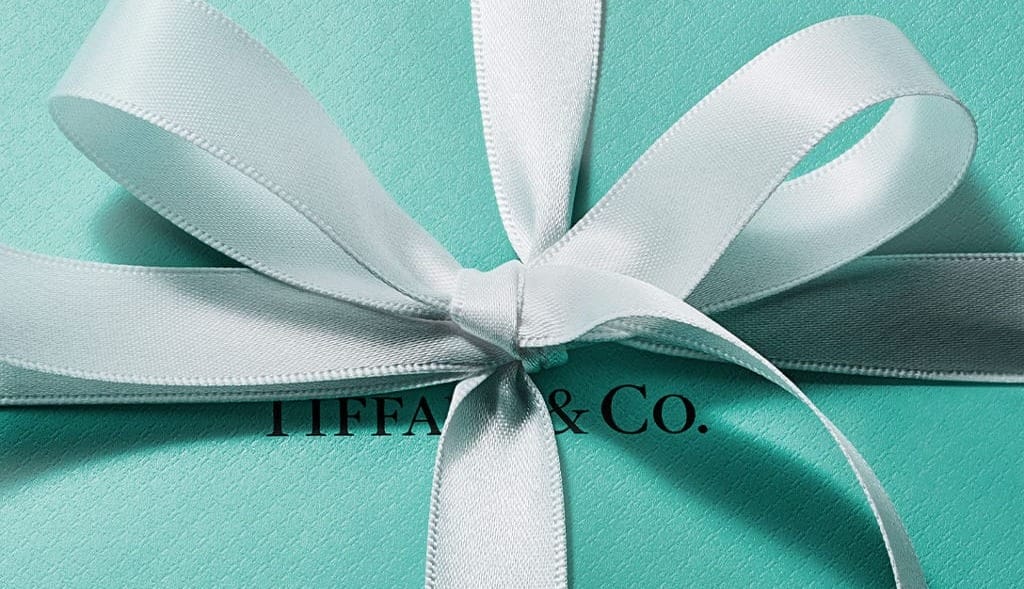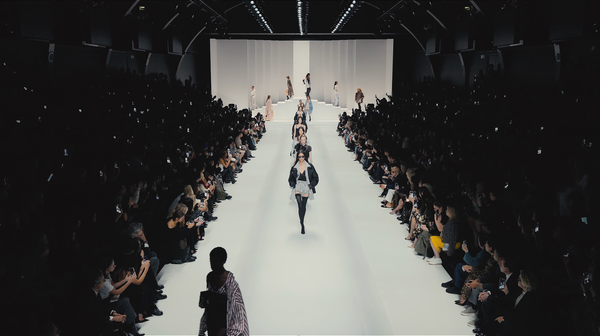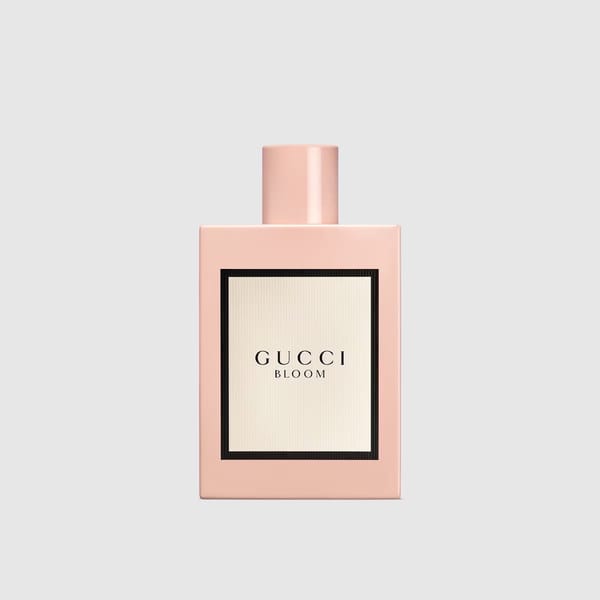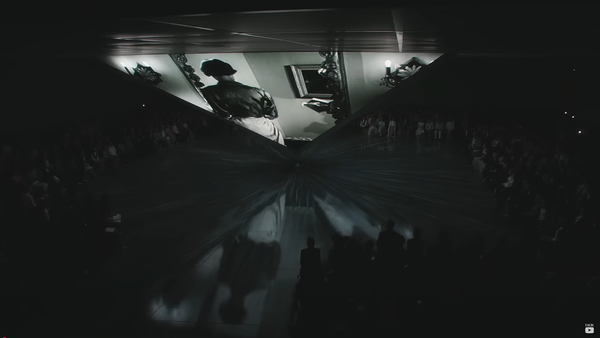DC 43rd International Haute Couture Show
A Local Stage with Global Aspirations
A Brief Introduction
Washington, D.C. is not often spoken of in the same breath as Paris, New York, or Milan—but the city has long attempted to assert itself in the conversation of fashion.
The 43rd International Haute Couture Show was another effort toward this ambition. Steadily building its presence, DC Fashion Week remains a necessary space for global aspiring designers seeking exposure and practice on the runway. Yet, for a city positioning itself as a cultural capital, the event carries both promise and pitfalls.
The Welcome Experience
The evening began with ushers guiding guests to their tables, offering wristbands printed with the date in bold orange letters on black. While efficient, the arrival lacked the kind of curated introduction that sets the tone for an evening of couture. Guests should not simply be seated; they should be guided—accompanied with intention. A pre-show introduction or escort to tables would elevate the sense of exclusivity.
Another missed opportunity was the absence of a keepsake at check-in. Rather than advertisements, a pamphlet or a simple card stock with designer names, origins, and key inspirations would have provided both memory and meaning. This early touch would have rooted the night in education, not marketing.
The Venue and Atmosphere
The venue offered high ceilings and dramatic windows stretching floor to ceiling—an architectural statement that unfortunately disrupted the evening. As daylight faded into night, natural light clashed with stage lighting, creating inconsistent photography and unnecessary visual contrast. Curtains or structural dividers would have shielded the show from outside distractions while also building anticipation for what was to come.
The space itself was clean, with comfortable seating, but could have benefited from better staging. Chairs pressed too closely together disrupted both comfort and presentation. White benches, paired with lightweight walls surrounding the runway, could have transformed the space into a minimalist stage set—allowing garments, not architecture, to dominate.
Even the small details matter. Trash bins placed at the entry disrupted the sense of refinement; these should have been positioned discreetly near bar stations or tucked into corners. First impressions are fragile in couture, and every object within sight plays a role.
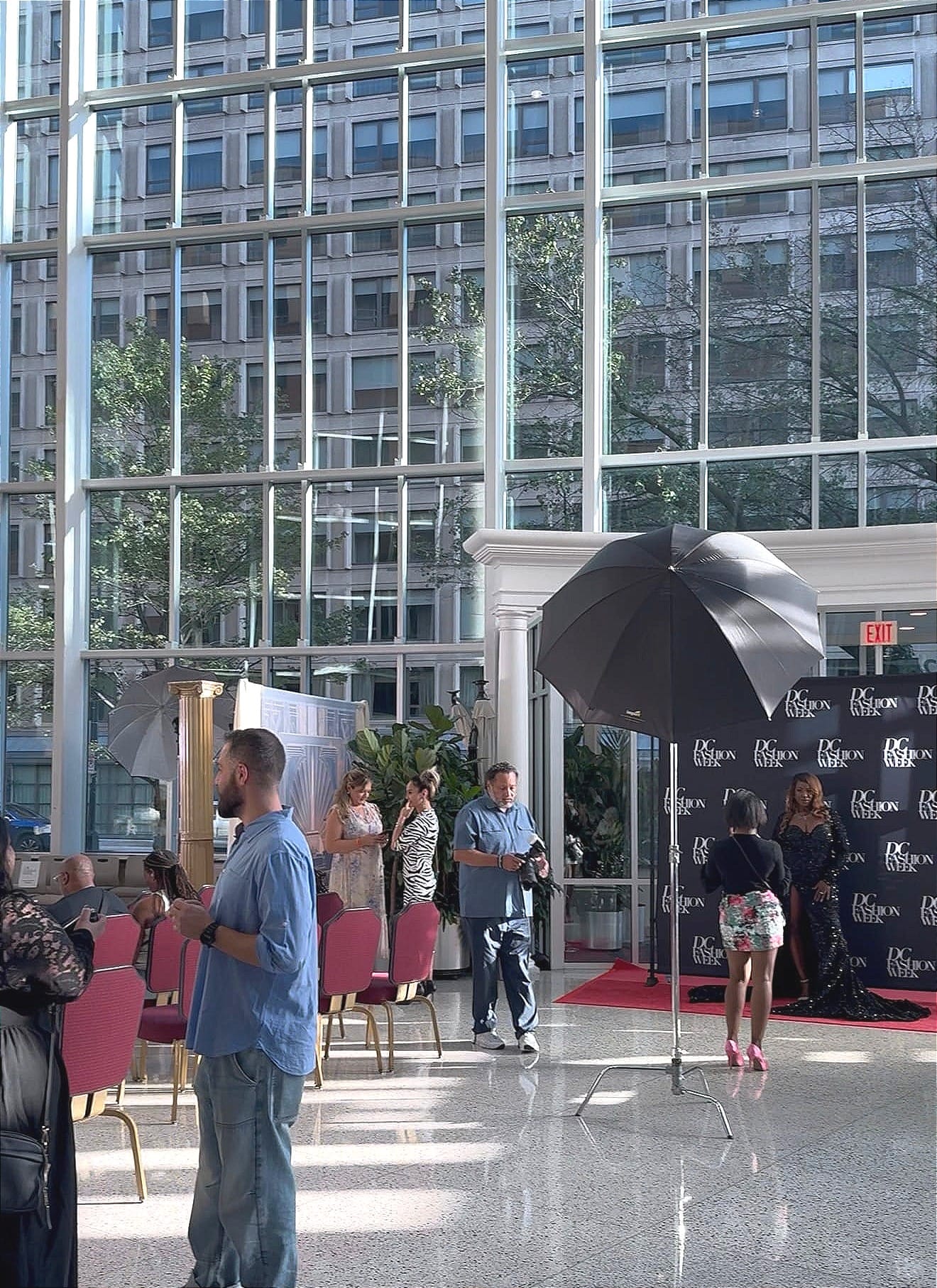
The Runway and Staging
The stage itself was designed in a V shape with a flat base—an inventive departure from the linear runway but one that exposed too much too soon. Guests should not walk into immediate visibility of the runway. A curtain or entrance divider would have amplified anticipation and reinforced the feeling of being transported into a world of fashion.
Lighting, too, lacked choreography. A dim runway before the show, followed by a crescendo of brightness as the presentation begins, would have created momentum and direction. Instead, the lighting remained static, diminishing the show’s sense of drama.
Photographers, dressed appropriately in black, clustered at the end of the runway. While professional in appearance, their positioning was flawed. Concentrating them in one area results in duplicate images and limits visual storytelling. Dispersing these photographers across the runway—while keeping them discreet—would have created angles that made viewers feel "inside" the garments, part of the moment.
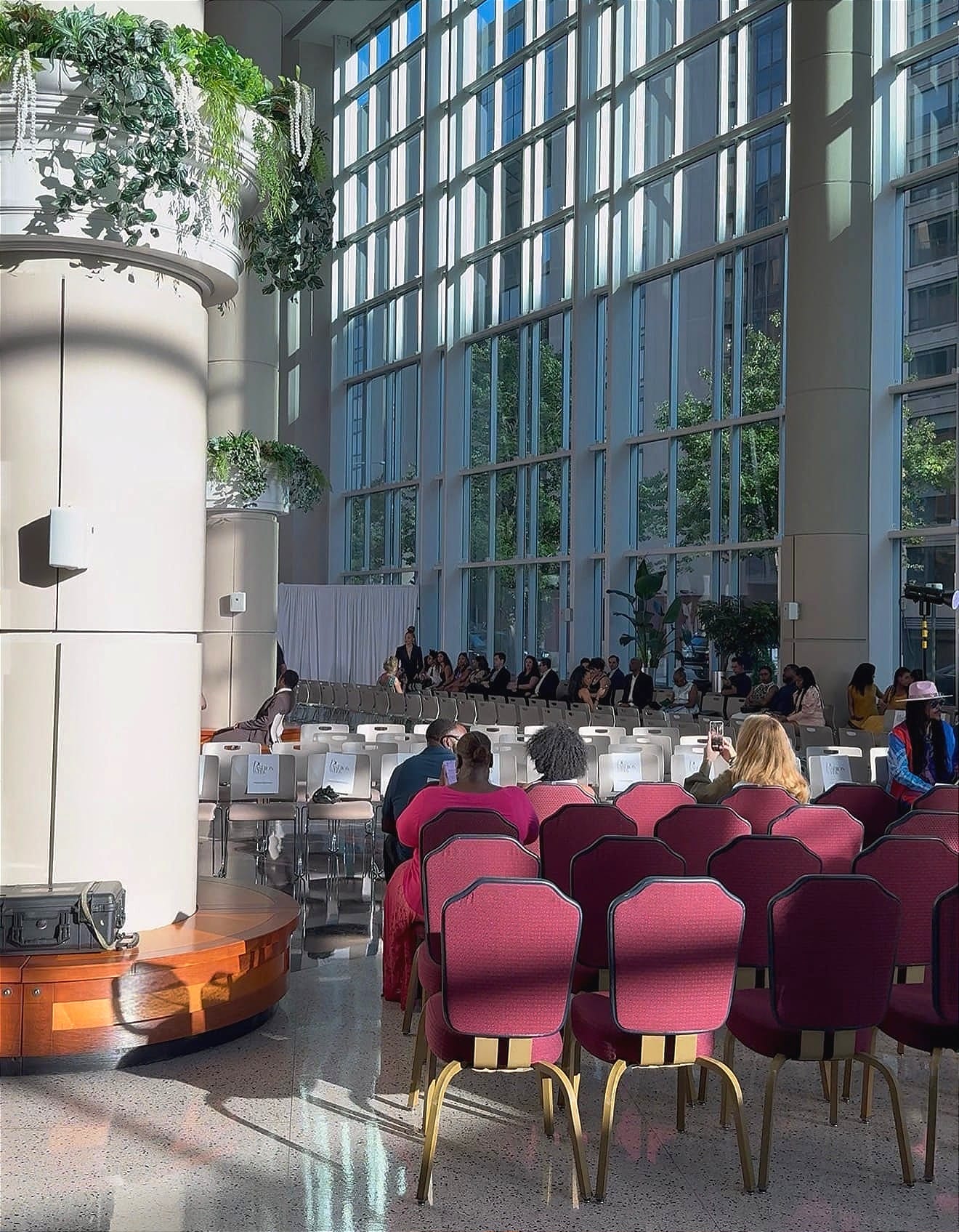
The Details of the Night
Details often distinguish couture events, and here, execution fell short. Bartenders offered limited options with no menu in sight—merely showcasing liquor bottles. A glass of Chardonnay was priced at $11 yet underwhelmed in quality, undercutting the sense of luxury.
Music, too, lacked refinement. The volume was overwhelming, and while modern hits were familiar, they felt misplaced. A runway soundtrack should guide emotion—subtle at entry, sharpened at the show’s start, and dynamic throughout. Here, music became noise, rather than atmosphere.
Dialogue throughout the evening, from usher introductions to post-show commentary, was excessive. Couture thrives on conciseness and impact; words should frame, not overshadow. The extended speeches at the show’s conclusion left many disengaged, some leaving before the event truly ended.
The Models and Collections
Despite logistical shortcomings, the designers and models carried the night. Many collections stood out in craftsmanship, presentation, and identity. It's safe to say each designer is from a different part of the world—and their creations of Haute Couture, paired with their roots, gleamed well.
The final show, in particular, offered the strongest selection of wearable, structured, and marketable garments.
The audience itself remained a strength: well-dressed, professional, and engaged. This affirmed the show’s cultural potential. However, without a clear dress code communicated in advance, such consistency relies too heavily on chance. A simple instruction on tickets could ensure a cohesive and elevated audience aesthetic.
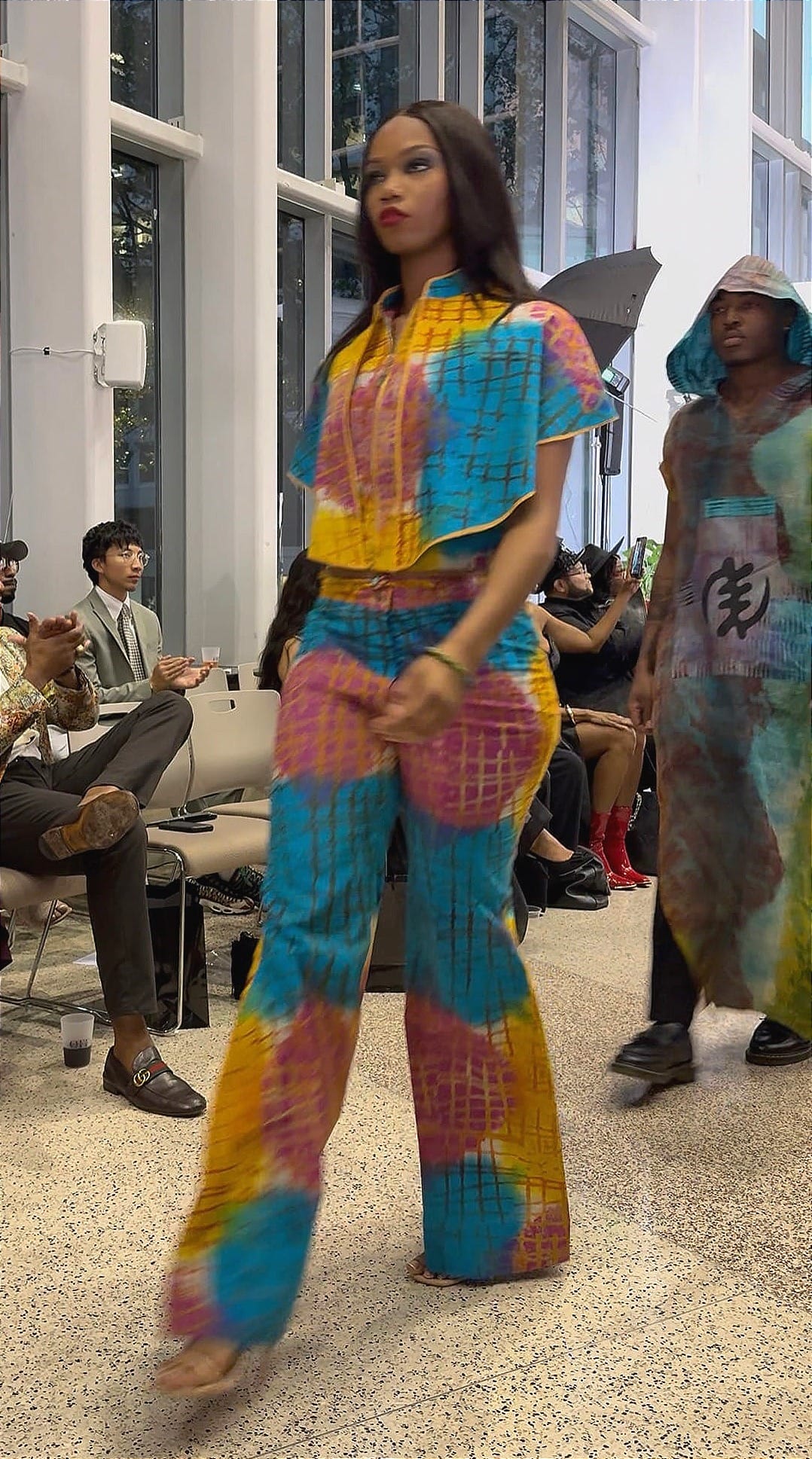
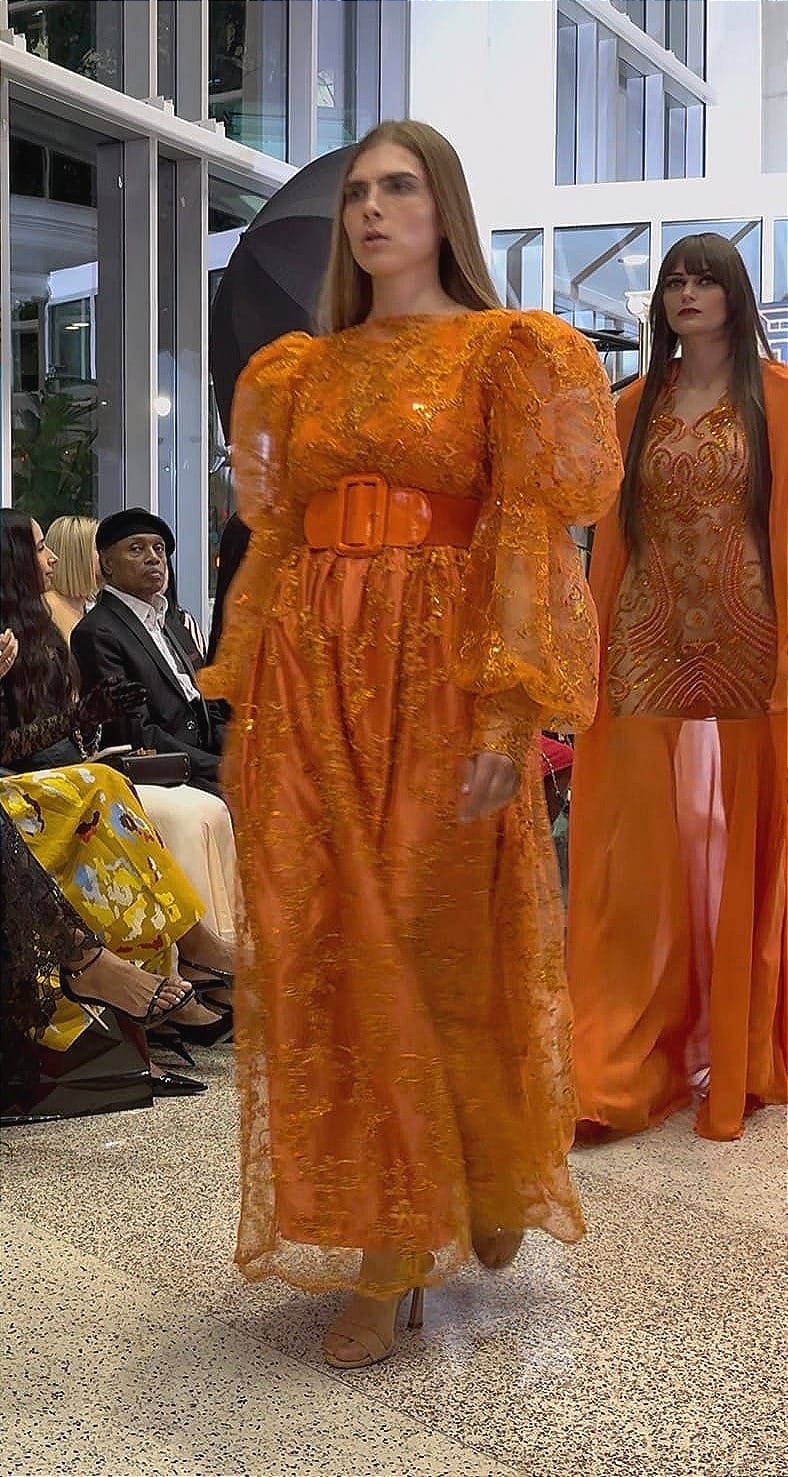
Final Thoughts
The DC 43rd International Haute Couture Show proved that Washington holds both the audience and the ambition for fashion. But to reach international credibility, the physicality of execution must sharpen. Anticipation must be built, details must align, and atmosphere must be orchestrated.
The suggested improvements are not out of reach–they are logistical, thoughtful, and attainable. And if adopted, they could significantly shift D.C.’s standing from regional stage to respected player in the global fashion calendar.

[Previous Revision] - Tiffany & Co.: A True Blue
